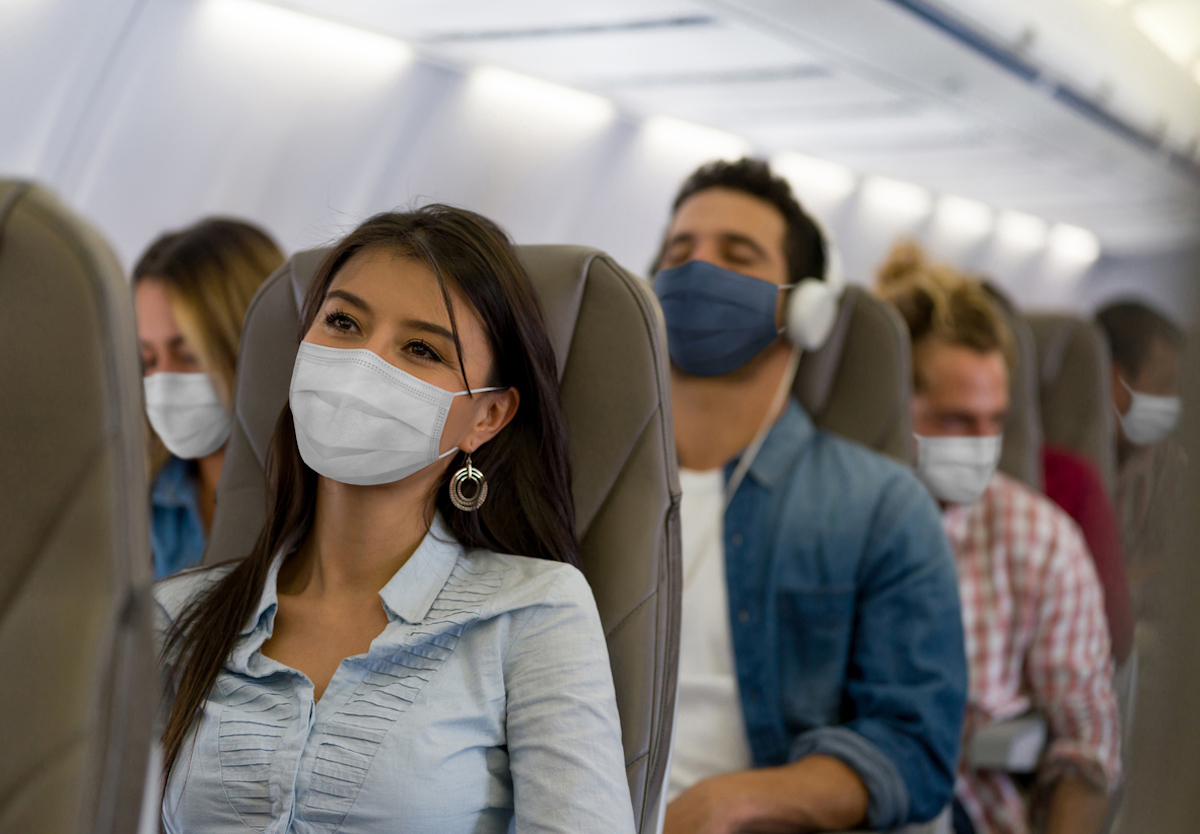To reach this finding, the paper, published in the journal JAMA Network Open, examined 24 members of a tourist group on a flight between Tel Aviv, Israel, and Frankfurt, Germany, with seven travelers testing positive for the virus upon arrival. A later assessment of the plane’s passengers found that two additional cases were likely the result of transmission during the flight—with both newly infected passengers sitting within two rows of the contagious travelers. The study’s authors admit that the direction of airflow on the plane, the lack of face masks, and missing data from some passengers may help explain some of the findings. But they still ultimately uphold the idea that six feet of distance—or two meters, which is approximately the length of space created by two rows of airline seating—drastically reduces the likelihood of contracting COVID-19, even in an enclosed space such as an airplane cabin. How do these findings stack up against other research? A study published in June in the medical journal The Lancet found that keeping at least one meter of space between people was usually sufficient to protect against transmission of the virus. But it also found that the risk of infection dropped from 13 percent at that range to less than 3 percent when the distance was increased. And research from the U.K.’s committee of scientific advisers found that people being just over three feet apart carries between two and ten times the risk of being six feet apart, the BBC reported.ae0fcc31ae342fd3a1346ebb1f342fcb RELATED: For more up-to-date information, sign up for our daily newsletter. Overall, medical experts still recommend that combining social distancing with wearing a face mask and regular hand washing are the best way to protect against contracting coronavirus. And for more danger zones, check out This One Place Is Where You’re Most Likely to Get COVID, Study Finds.
